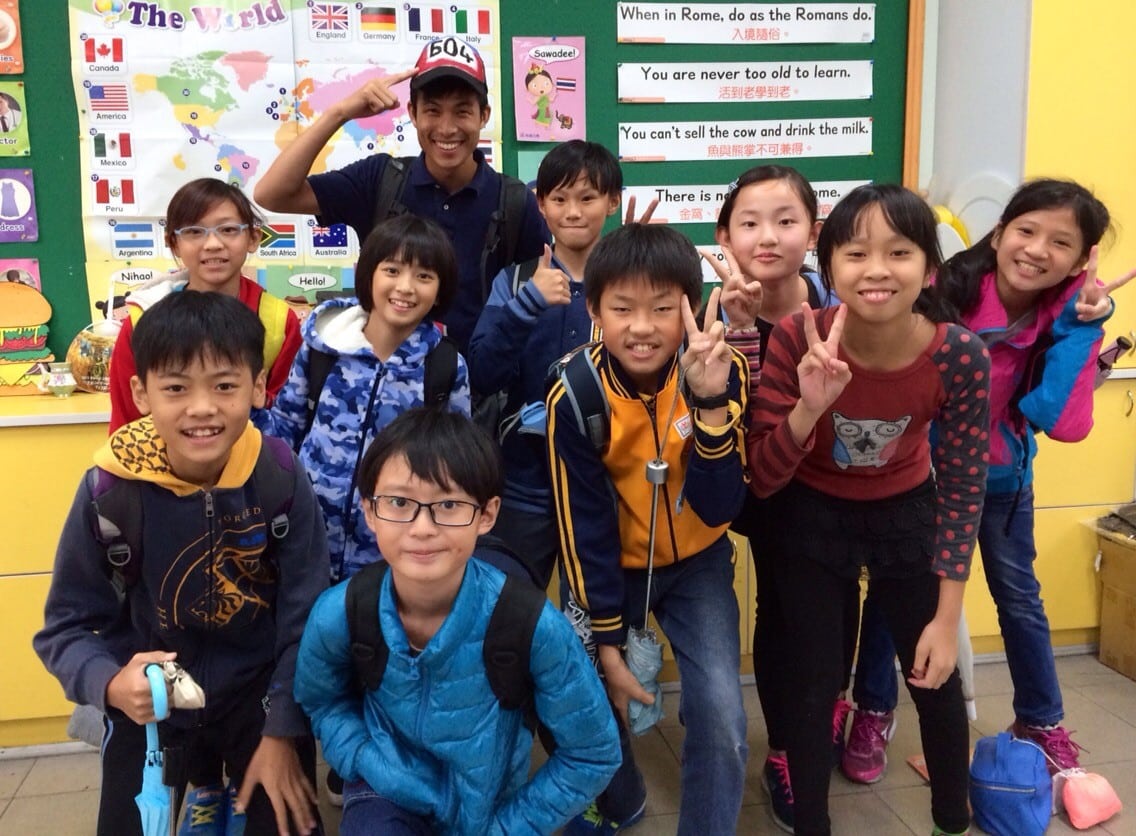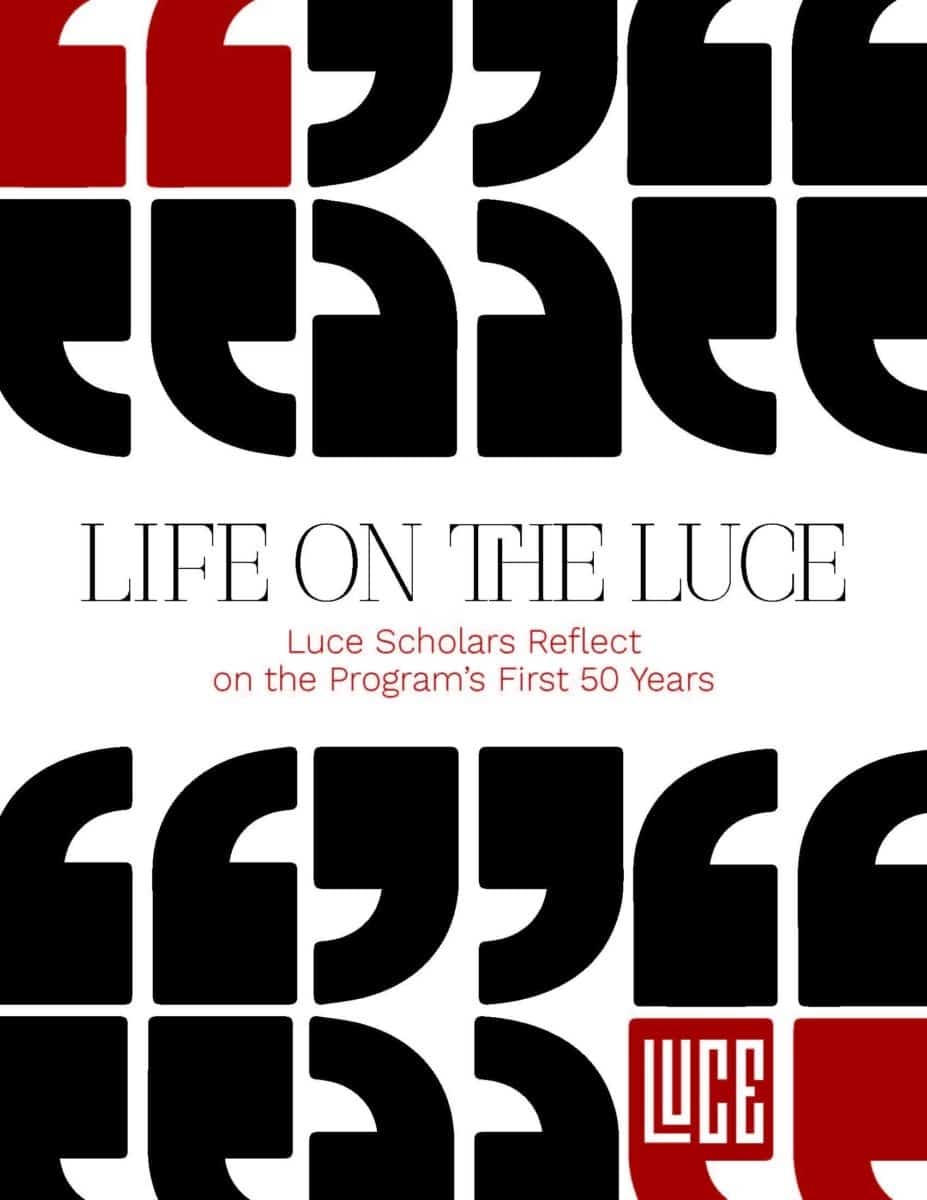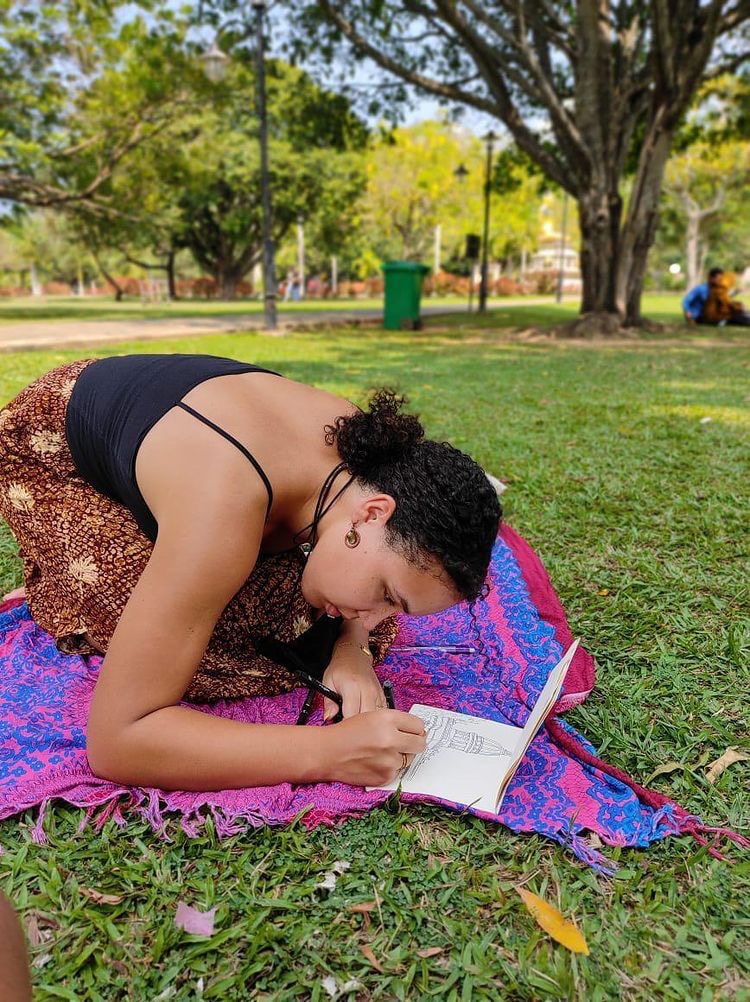An island gateway to East and Southeast Asia, Taiwan has often been described as an intersection of multiple histories. My time here has rendered that characterization quite insufficient in capturing how dynamic life is in Taiwan. I have come to see my experience here as a door into an incredibly diverse Taiwanese identity, landscape, and culture, with roots in multiple countries, that coexist in an always-exciting form. I experience this diversity in the smallest of moments as much as I do when learning about the history and current events of Taiwan. Each day in Taipei, the capital, I can hop on the public bus and pass by streams of pedestrians and motorbikes, cruise on the extensive MRT subway system, or take to the streets on foot or a convenient public YouBike. Each path offers a glimpse into a city filled with fragrant food shops against the backdrop of apartment buildings, expansive greenery, riverside parks, hills, and mountains. The island’s diverse beauty is even more apparent while travelling along the rice fields of Taitung County, the pristine coastlines of Hualien, and the charming streets of Taichung and Tainan.
Learning about Taiwan’s evolving identity offers a glimpse into the the intersection of many influences, starting from a native aboriginal population, punctuated by waves of immigration and colonization by Han Chinese, Spanish, Dutch, Japanese, and more recently, foreign workers and students, all folded into Taiwan’s population and identity. Such complexity manifests in countless small ways. Through food, I can eat dan bing (egg crepe) for breakfast, Hakka noodles for lunch, Shanghainese dumplings for dinner, and end at a night market filled with a variety of local and regional snacks. As a Vietnamese-American, some Taiwanese traditions such as festivities centered around the lunar calendar feel familiar, but remnants of culture derived from lands I have never been to make life new and exciting on a daily basis.
I find this diversity and history particularly relevant in my work as a researcher at National Taiwan Normal University’s Science Education Center and while learning about the Taiwanese education system. I research the intersection of science education and science communication, elucidating the overlap between two fields that have broadly similar goals but largely distinct histories of development. I work to improve science education tools such as a cloud-based classroom platform developed by my research lab, and I spend time at the National Taiwan Science Education Center providing input on science exhibitions for the broad public. My time working in science and education in Taiwan has given me numerous opportunities to observe schools, meet with teachers and professors, and understand Taiwan’s education system through the lens of historical and cultural development. The system consistently performs well on an international scale, owing in part to an emphasis on the cultivation of high performance, as well as a broad cultural investment in education, manifested in high levels of respect for academic success and education professionals.
I cannot believe six months in Taiwan have already passed. Over the next six, I hope to develop my Chinese, explore Taiwan’s beautiful mountains and scenery, continue to fail at surfing, eat my way through a cuisine that never tires, and constantly immerse myself in interactions with the Taiwanese people and the education system. Each passing day, I feel more strongly that Taiwan is truly an extra special place at the intersection of familiar beauty and new delights that always offer adventure.


